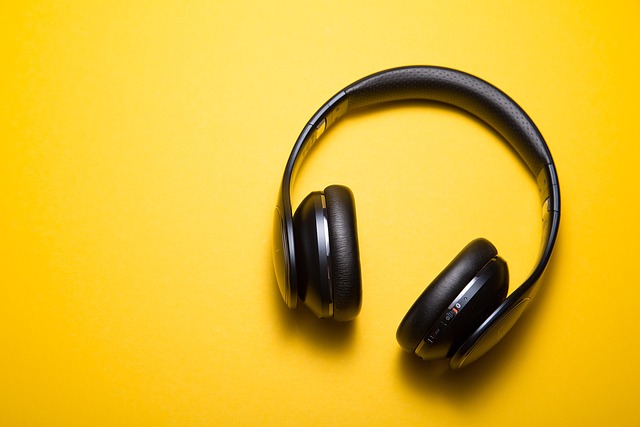In the world of photography, few elements can disrupt the beauty of an image quite like digital noise. It lurks in the shadows, often emerging when you least expect it, particularly in low-light conditions or when you push the limits of your camera’s settings. Understanding how exposure and camera optics interact can help you manage this unwelcome presence and elevate your photographic craft.
Digital noise manifests as grainy artifacts in your photos, stealing away the crisp details and rich colors you strive to capture. It can be particularly frustrating when you finally find that perfect shot, only to see it marred by this digital intruder. But by grasping the relationship between exposure and your camera’s optics, you can take significant steps to minimize its impact.
Exposure plays a vital role in achieving the ideal balance of light. When you increase your ISO to brighten a shot, you’re inviting digital noise into your images. High ISO settings amplify the sensor’s sensitivity to light – which is great for darker environments – but it can also amplify the very noise you want to avoid. To combat this, start by relying on your camera’s aperture control; using a wider aperture can allow more light into your photos without maxing out your ISO.
Another aspect worthy of consideration is the shutter speed. A slower shutter speed allows your camera to gather more light, which can help with exposure. However, it also runs the risk of introducing motion blur. If the scene is stable and well-lit, a longer exposure can dramatically enhance image quality by reducing the need for high ISO settings, thereby minimizing digital noise.
The optics of your camera also plays a crucial role in combatting noise. Lenses with larger maximum apertures not only help in low light conditions but also create a shallow depth of field, enhancing the aesthetic appeal of your photographs. The quality of the lens can influence noise levels as well – superior lenses transmit light more effectively, resulting in cleaner images.
Additionally, shooting in RAW format can give you greater control in post-processing. RAW files retain more data than JPEG, allowing you to more effectively manage digital noise and fine-tune exposure levels without sacrificing image quality. This gives you the freedom to recover highlights and shadows, creating a balanced image that showcases your vision without the distraction of noise.
Ultimately, every photographer has encountered digital noise at some point, and it’s a hurdle that can either mold your skills or frustrate your efforts. By understanding the dynamics of exposure and leveraging your camera’s optics, you not only gain the tools to tackle this challenge but also uncover the secrets to stunning, noise-free photography.



